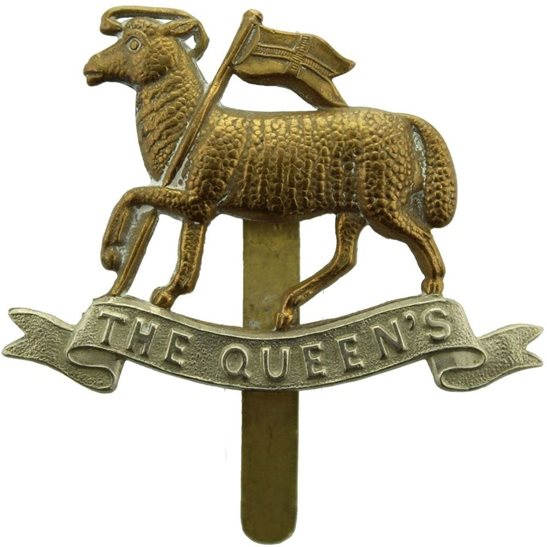Personal Details
Born: 29 May 1892 in Oldham, Lancashire and baptised in the Primitive Methodist Church, Bourne Street, Hollinwood, Lancashire on 29 June 1892.
Family: He was one of 4 children born to Arthur Booth, a grocer, and his wife Elizabeth (nee Gunnery). His three siblings all died in infancy. Wilfred married Alice E Whitney in 1919 in Wem, Shropshire. No children can be identified for the couple.
Residence: At the time of his baptism in 1892 Wilfred`s home was 778 Hollins Road, Hollinwood, Oldham, Lancashire but by the time of the 1901 census his family had moved to 812 Hollins Road. In 1911 the family were living in Whitchurch, Shropshire at 45 Wrexham Road. At the time of his attestation and on the 1939 Register his address was given as 4 Highgate, Whitchurch, Shropshire.
Employment: He was described as a assistant grocer on both the 1911 Census and his Attestation documents. By 1939 his occupation was that of a lorry driver.
Died: In 1963 in Whitchurch, Shropshire, aged 71.
Military Details
Regiment: Queen`s (Royal West Surrey) Regiment (previously King`s Shropshire Light Infantry)
Rank: Private
Service Number: 204874 (previously 5224)
Date of Enlistment: 1 December 1915
Date of Discharge: 5 March 1919
Reason for Discharge: Demobilisation
Wilfred was awarded the Campaign Medals (British War Medal, and Victory Medal).

The British War Medal (also known as 'Squeak') was a silver or bronze medal awarded to officers and men of the British and Imperial Forces who either entered a theatre of war or entered service overseas between 5th August 1914 and 11th November 1918 inclusive. This was later extended to services in Russia, Siberia and some other areas in 1919 and 1920. Approximately 6.5 million British War Medals were issued. Approximately 6.4 million of these were the silver versions of this medal. Around 110,000 of a bronze version were issued mainly to Chinese, Maltese and Indian Labour Corps. The front (obv or obverse) of the medal depicts the head of George V. The recipient's service number, rank, name and unit was impressed on the rim.
The Allied Victory Medal (also known as 'Wilfred') was issued by each of the allies. It was decided that each of the allies should each issue their own bronze victory medal with a similar design, similar equivalent wording and identical ribbon. The British medal was designed by W. McMillan. The front depicts a winged classical figure representing victory. Approximately 5.7 million victory medals were issued. Interestingly, eligibility for this medal was more restrictive and not everyone who received the British War Medal ('Squeak') also received the Victory Medal ('Wilfred'). However, in general, all recipients of 'Wilfred' also received 'Squeak' and all recipients of The 1914 Star or The 1914/1915 Star (also known as 'Pip') also received both 'Squeak' and 'Wilfred'. The recipient's service number, rank, name and unit was impressed on the rim.

